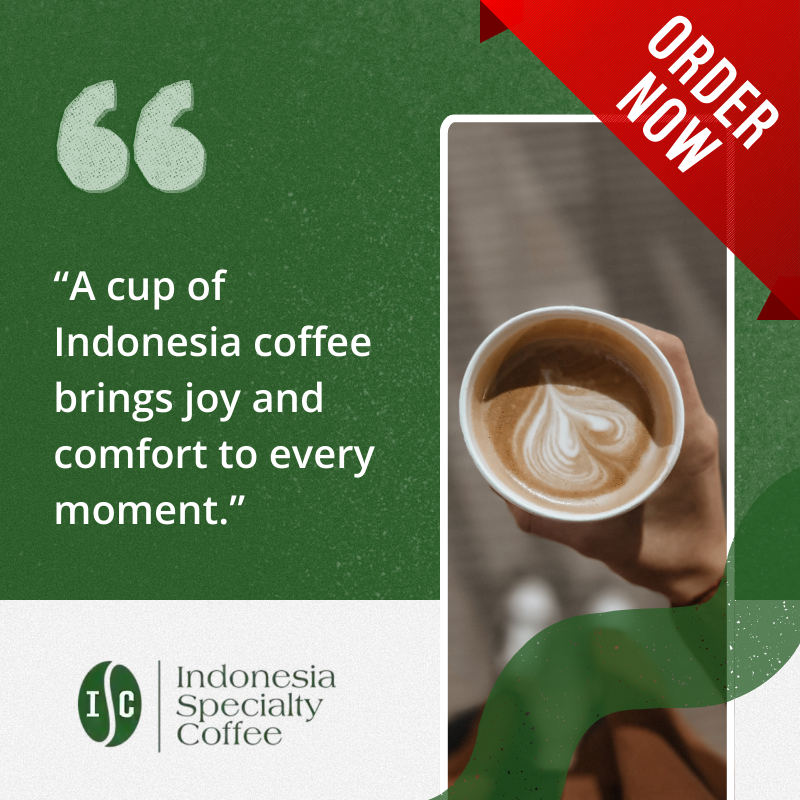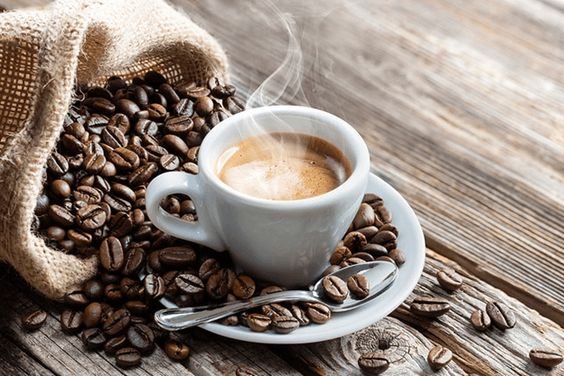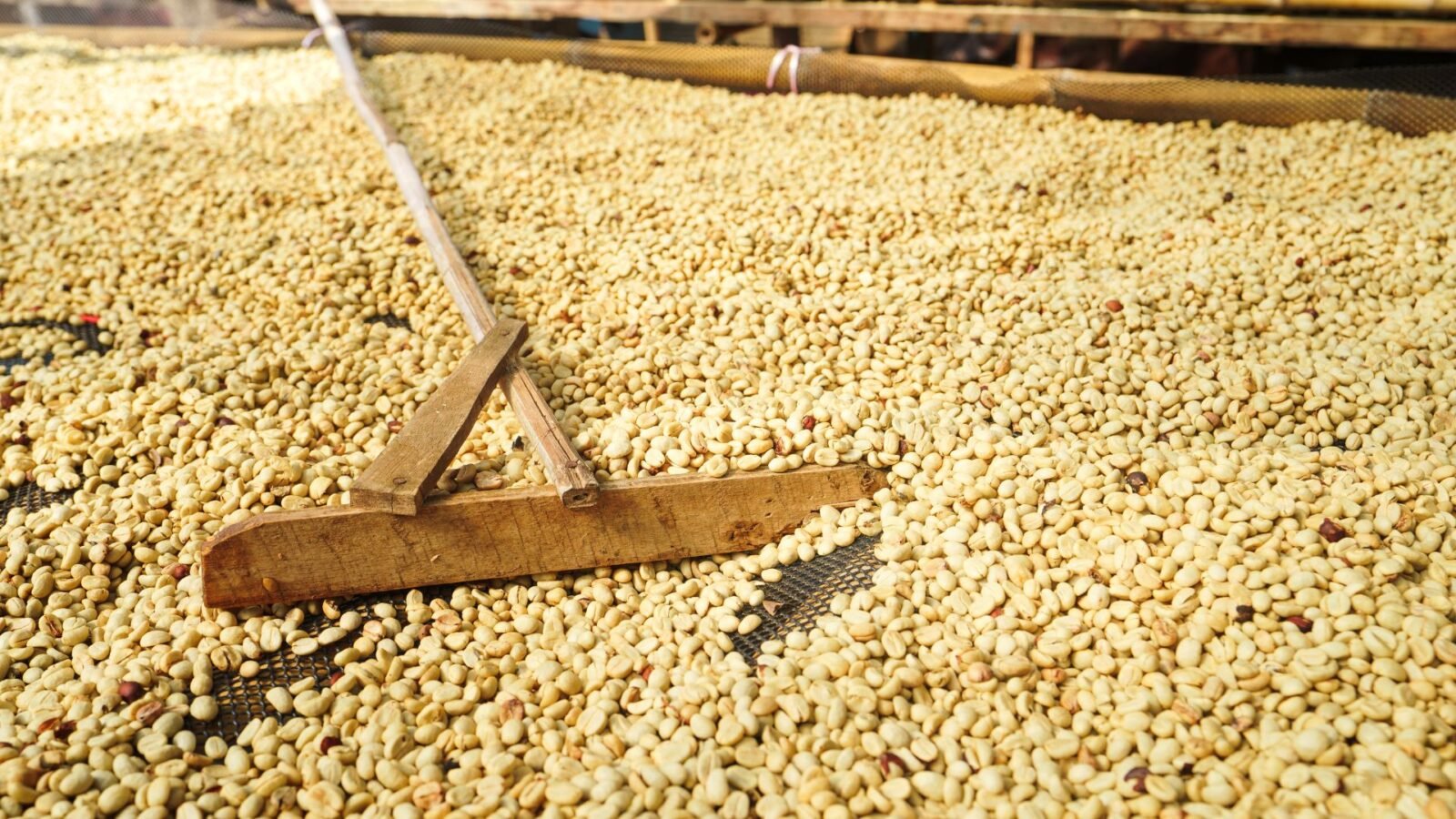Imagine sipping a cup of single-origin Indonesian coffee so distinct, so rooted in its origin, that every sip feels like a postcard from a faraway land.
One morning in a bustling Jakarta café, I asked the barista where the beans came from. “Aceh Gayo,” he said with pride. “Single-origin.” The taste? Earthy, spicy, a whisper of cocoa. Nothing like the generic blends I’d grown used to. That cup sparked a journey—one that opened my eyes to why origin matters in every brew.
In today’s specialty coffee culture, single-origin is more than a buzzword. It’s a story, a fingerprint of terroir, and a powerful tool for Indonesian coffee producers to stand out globally.
What Is Single-Origin Coffee, Really?
Single-origin coffee comes from one specific location—a country, region, or even a single farm. Unlike blends that mix beans from multiple sources, single-origin allows the drinker to taste the distinct characteristics of one place.
It’s like wine. Just as a Bordeaux has traits you’d never find in a Napa Valley red, a Mandheling coffee from Sumatra has depth and spice that no Ethiopian bean can replicate.
Common types of single-origin:
- Single country: e.g., “Indonesia” or “Ethiopia”
- Single region: e.g., “Toraja”, “Java”
- Single estate or farm: e.g., “Jampit Estate”
Why Does Single-Origin Matter in Specialty Coffee?
When you buy specialty coffee, you’re not just looking for caffeine. You’re looking for character, traceabilityy transparency. Here’s why single-origin delivers:
1. Traceability Builds Trust
Knowing exactly where your coffee comes from helps build consumer confidence. Is it from a high-elevation farm in Bali? A women-run cooperative in Toraja? That origin story is a trust signal.
Explore how traceability impacts grading and quality →
2. Terroir Tells a Story
Terroir—the environment where coffee grows—impacts everything: flavor, aroma, even mouthfeel. Rainfall, soil, elevation, and farming practices all shape the cup. A bean from Java may be nutty and smooth, while a bean from Sumatra can be bold and herbal.
3. Value for Farmers and Roasters
Indonesian producers can command higher prices by marketing unique, origin-specific beans. Roasters get to highlight rare flavors, and farmers get the recognition they deserve.
Want to start sourcing origin-specific beans?
Check this guide on choosing the right green bean distributor →
Single-Origin in the Indonesian Context
Indonesia is a goldmine for single-origin coffee, thanks to its rich geography and diverse microclimates. Yet, many producers still market their beans simply as “Indonesian coffee.”
Here’s how single-origin labeling can change the game:
Differentiate by Region
- Sumatra: Earthy, low acidity, full-bodied
- Java: Clean, sweet, mild
- Bali: Floral, balanced, medium-bodied
- Toraja: Deep, syrupy body, fruity aroma
Support Sustainable Practices
Transparent sourcing often goes hand-in-hand with sustainability. When consumers know where their coffee comes from, they’re more likely to support ethical farms and cooperatives.
Read more about fair trade coffee practices in Indonesia →
How to Spot (and Savor) a Great Single-Origin Coffee
Want to explore the world through coffee? Here’s how to start:
Look for:
- Specific farm or region names
- Roast profiles highlighting unique flavors
- Information on altitude, variety, and processing method
→ Learn more about coffee processing techniques
Taste the difference:
- Brew using a método de vertido to preserve clarity
- Note the aroma, flavor notes, and acidity
- Compare beans from different regions side-by-side
Each cup becomes a sensory journey—an exploration of climate, culture, and craft.
Why Global Trends Are Leaning Into Origin
Coffee drinkers are becoming more curious. They want to know where their beans come from, who grew them, and how. For many global roasters, single-origin Indonesian coffee offers an unmatched depth of flavor and authenticity.
Want to understand the rise of this movement?
Discover how specialty coffee is transforming global markets →
For Indonesian coffee to thrive internationally, adopting these practices isn’t just beneficial—it’s essential.
What Story Will Your Coffee Tell?
Next time you brew a cup, pause. Ask: Where did this bean begin its journey? If the answer is clear and full of character, you’re not just drinking coffee—you’re connecting with a place, a culture, and a farmer’s hard work.
For producers, roasters, and drinkers alike, embracing single-origin coffee isn’t a trend—it’s a return to the roots.
What’s the most memorable cup of coffee you’ve ever had—and do you know where it came from?
Let’s bring more origin stories to light—one cup at a time.
Explore more Indonesian coffee stories and regions →








